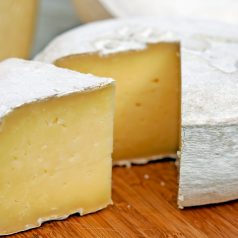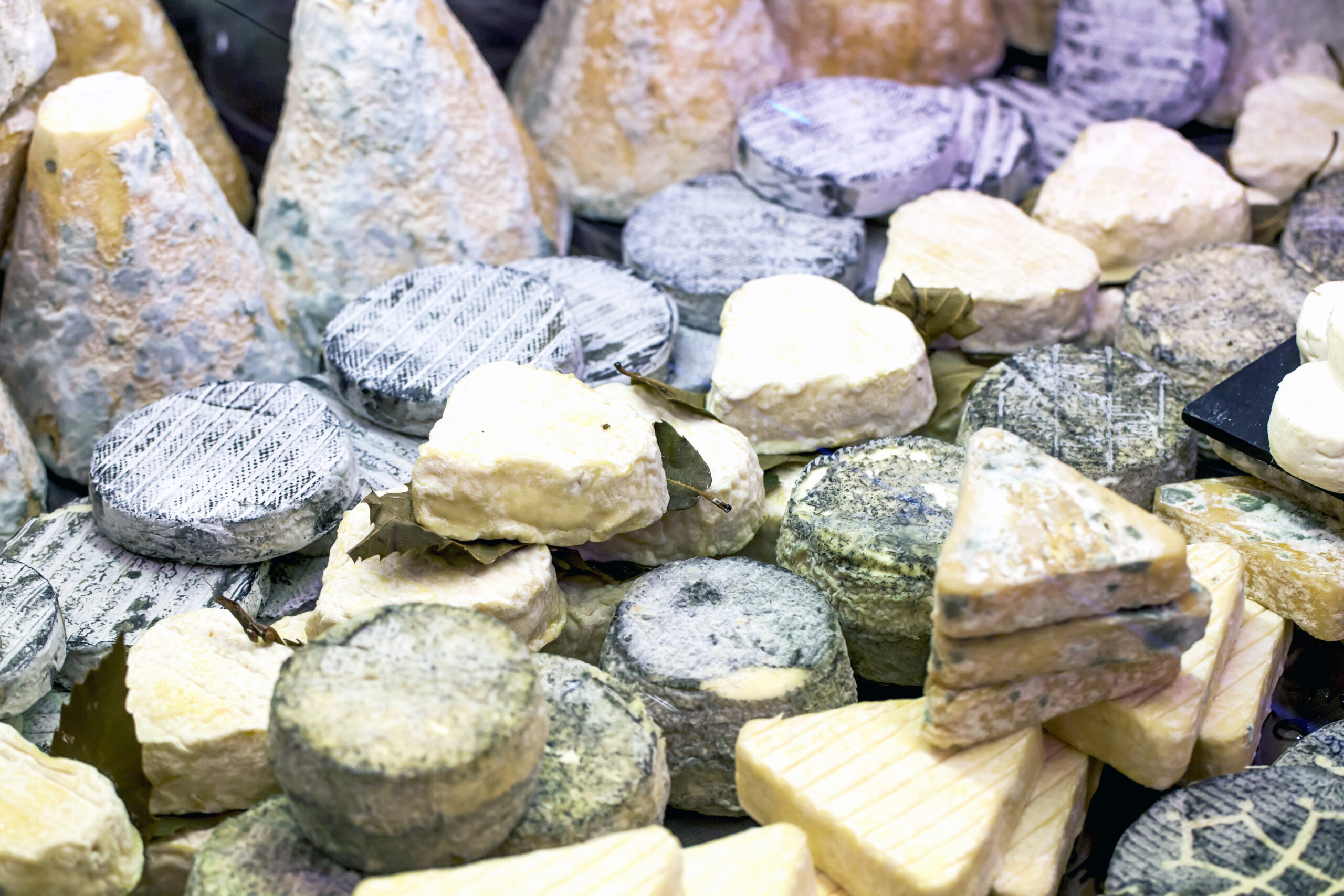
Tips to Care for Cheese
There are few things more frustrating than purchasing a really nice piece of cheese only to see it spoil before you can enjoy it! Proper handling and storage can mean the difference between a vibrant, flavorful cheese or a moldy refrigerator experiment. This time of year, you may find yourself buying a selection of nice cheeses to offer to your holiday guests, so it seemed like a great time to share this handy guide to caring for your cheese.
How to Ensure the Most Flavorful Cheese Experience:
- The first and most important step – remove the plastic wrap from your cheese as soon as you get home. Cheese is a living, breathing thing and closing it off to air can affect flavor and longevity. For best results, replace the plastic wrap with specialty cheese paper. No cheese paper? No problem! Simply wrap the cheese in parchment or waxed paper, then place into a loose plastic bag or similar container.
- It can be tempting to start nibbling on your cheese straight out of the fridge, but a little patience goes a long way. If you wait until the cheese reaches room temperature, you’ll be so glad you did! The flavors intensify and reach their maximum potential at room temp.
- Aim to purchase only as much cheese as you’ll consume in one to two sittings. Bringing home smaller quantities more often will ensure that you’re not having to store your cheese for long periods. The longer you store cheese in your fridge, the more likely it is to lose flavor or take on other unwanted flavors from nearby items in the refrigerator.
Moldy Cheese Does Not Necessarily Equal Bad Cheese:
Finding a bit of mold on your cheese might not be a deal-breaker. In fact, there are many cheeses that rely on healthy populations of mold spores to make up their bloomy rinds.
- Hard Cheese- If you unwrap your hard cheese and find it moldy, try “facing” the cheese. This is done by slicing down the cheese one-eighth of an inch from behind the moldy spot(s). Of course, if you’ve faced your cheese and the cheese tastes bad, then it’s time to say buh-bye to that glorious hunk of cheese. Let taste, not sight, be the sense you use most to determine whether your cheese should stay or go.
- Soft Cheese – If the offending mold is on the rind of the cheese, cut off the rind and proceed. However, if the mold is on the paste of the cheese, it’s time to toss it.

